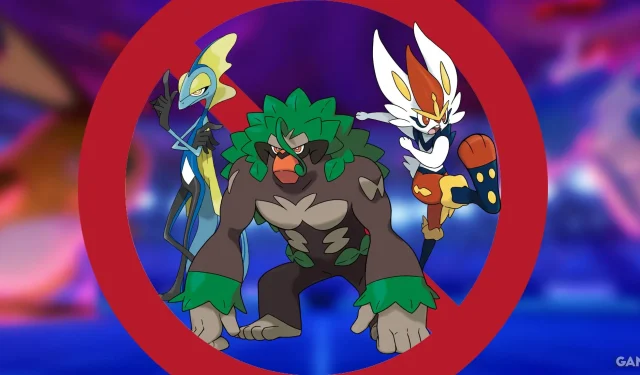
The starters of each Pokémon generation play a pivotal role, often emerging as the first characters introduced for new games and serving as their mascots. These initial Pokémon not only represent the new adventures but also spark interest due to their evolutionary potential. As players journey through the game, the appeal of the final forms of these starters is critically important; they need to resonate with fans to ensure longevity in gameplay. Throughout various generations, some finales have distinctly outshone others, providing a guide for future designs. With the upcoming Generation 10, there are significant opportunities for improvement.
Historically, the design choices for the final evolutionary forms of starters have drawn mixed reactions, particularly with shifts towards bipedal designs. However, the most debated aspect tends to be their typings. There was notable controversy when Game Freak introduced three consecutive Fire/Fighting starters, a trend that was finally broken by Gen 6’s Fire/Psychic starter, Delphox. The starters introduced in Pokémon Sword and Shield suffer from similar limitations, with Rillaboom, Cinderace, and Inteleon each being single-type Pokémon (Grass, Fire, and Water, respectively). This mono-type design has rendered them less memorable partners for players compared to past generations.
Enhancing Generation 10’s Starters Beyond Mono-Typing
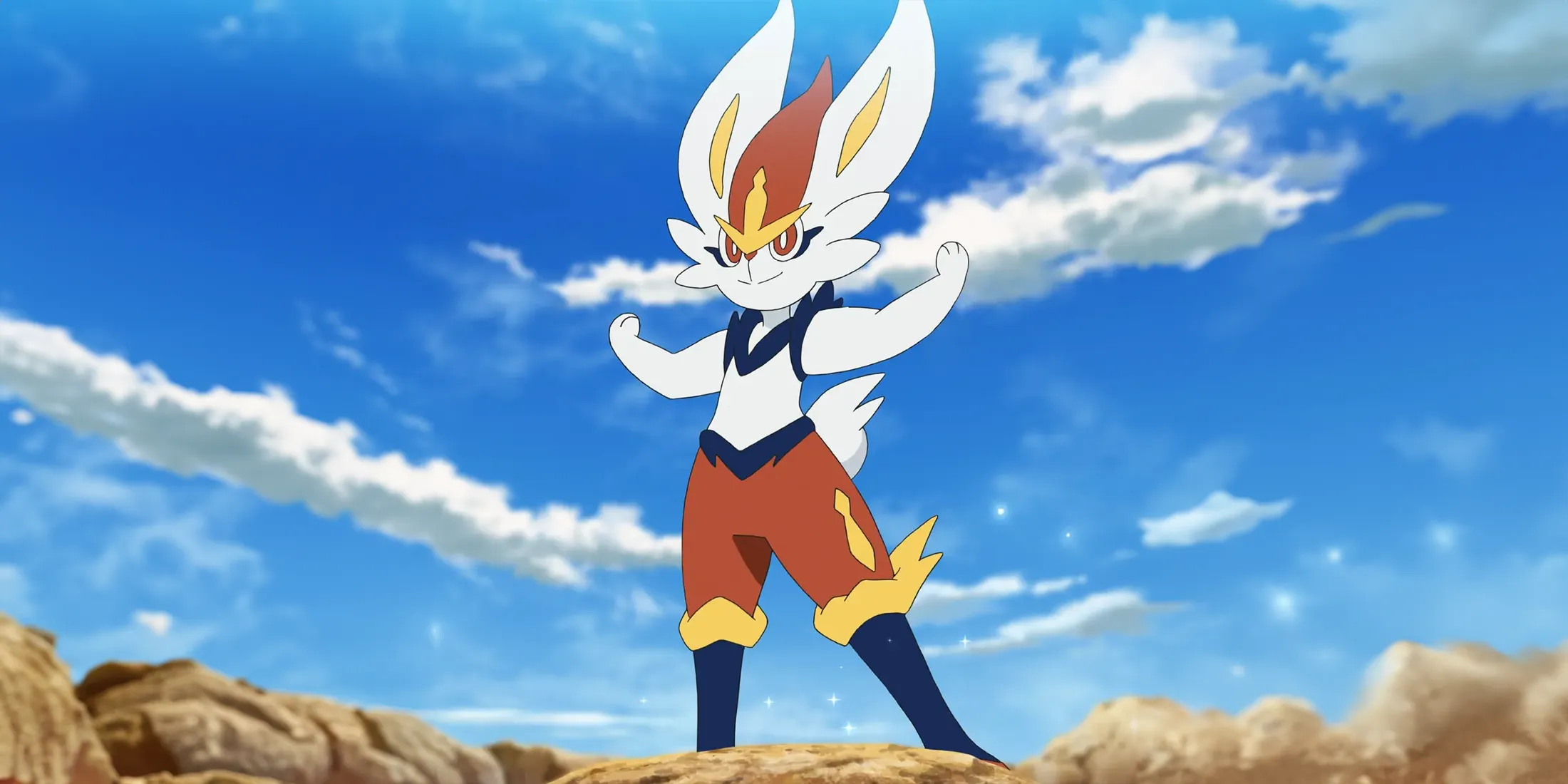
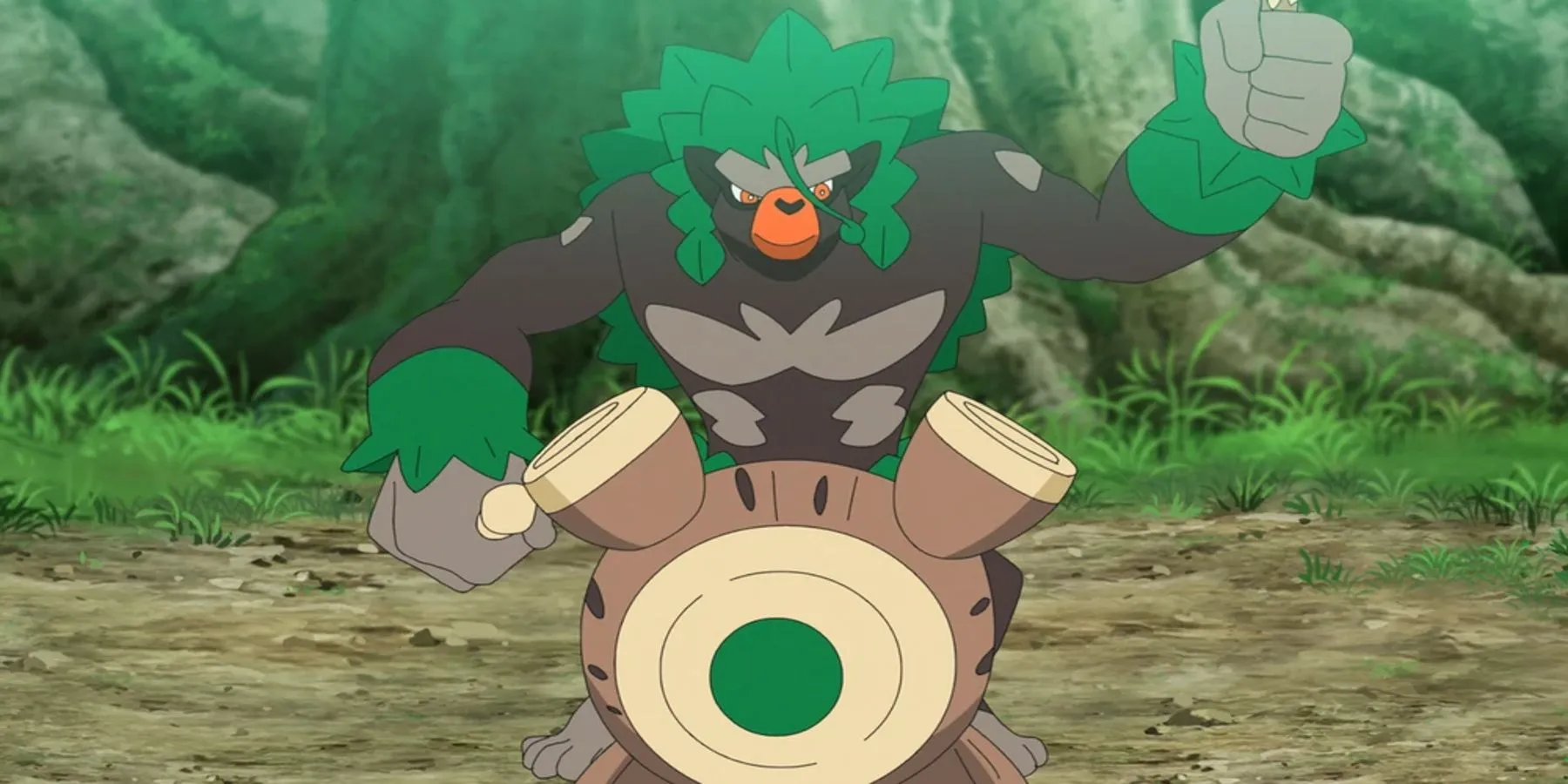
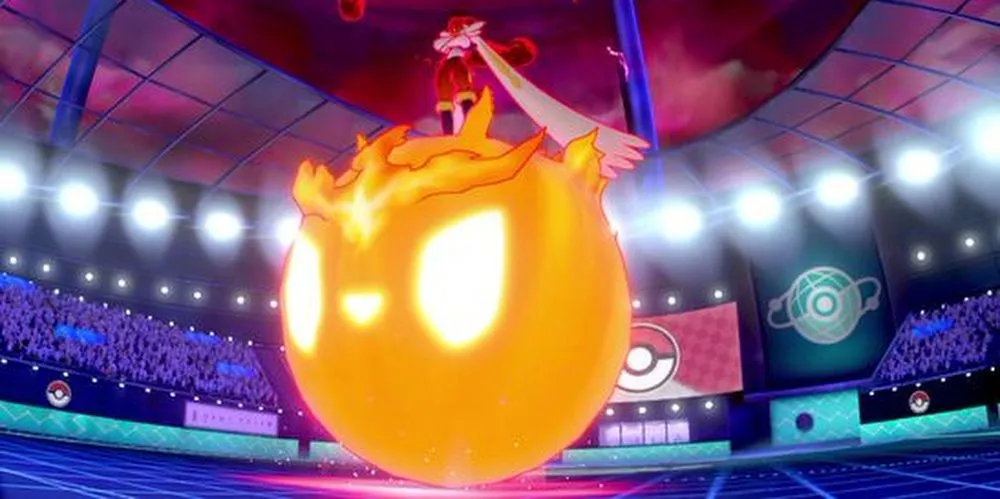
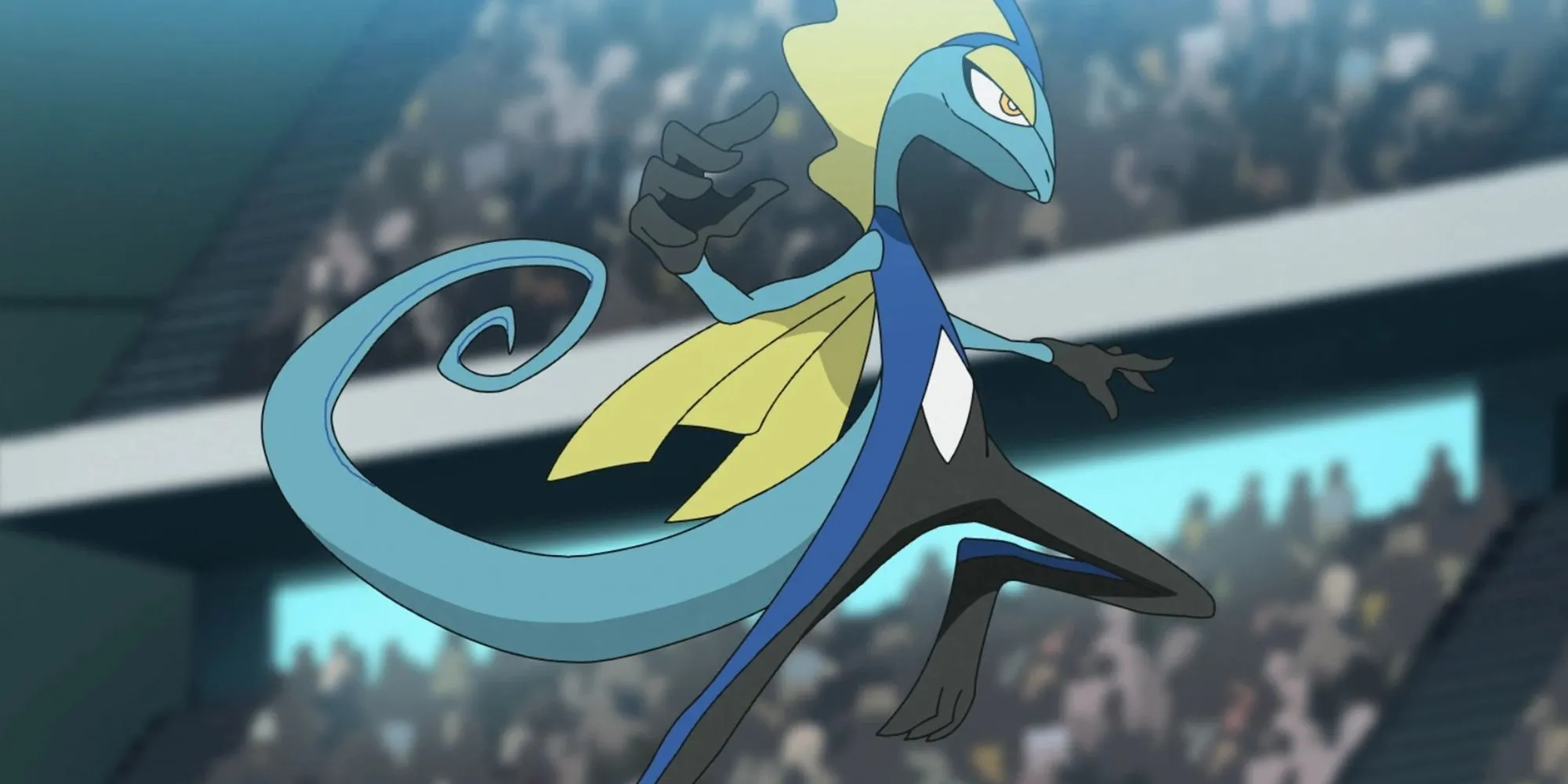
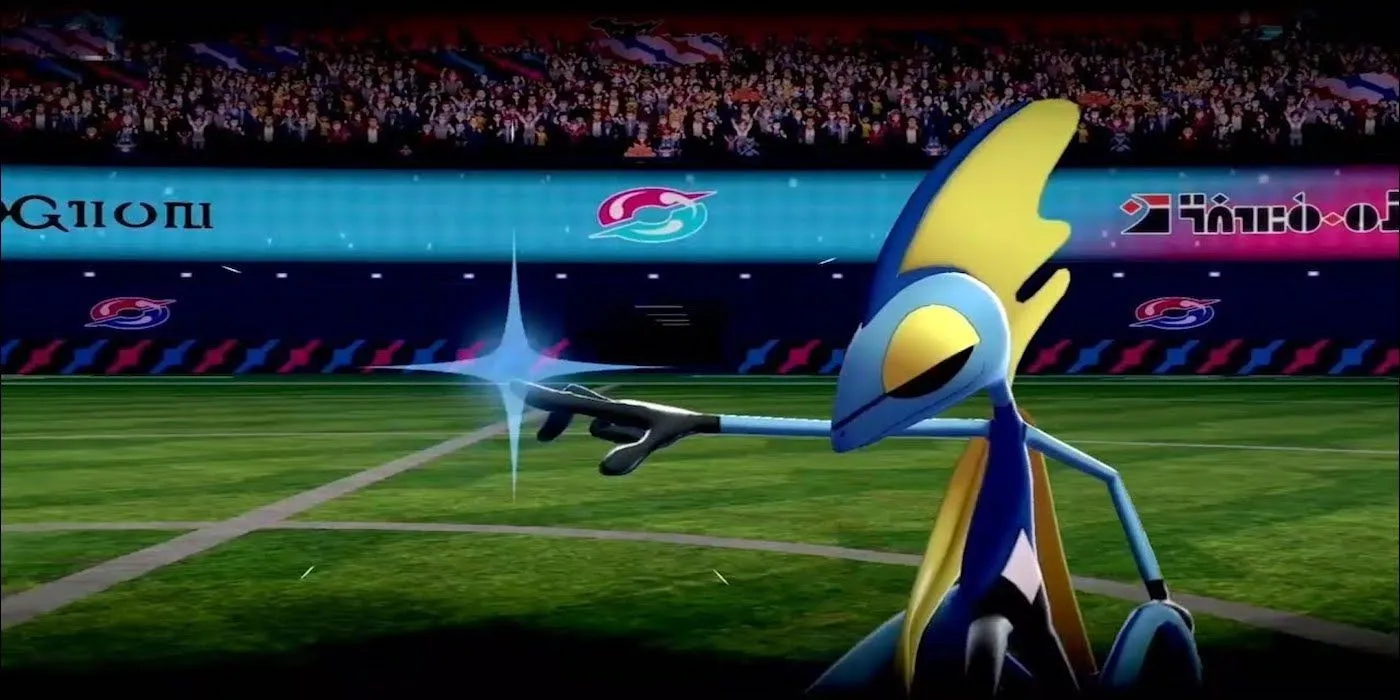
The Limitations of Sword and Shield’s Mono-Type Starters
The mono-typic trio of starters from Pokémon Sword and Shield comprised Rillaboom, Cinderace, and Inteleon. While this is not the first instance of a fully mono-type starter trio, such as the Gen 2 line with Meganium, Typhlosion, and Feraligatr, it is a stark reminder of how failing to introduce a secondary typing can diminish a starter’s potential. Rillaboom has carved out a competitive niche in Pokémon VGC tournaments; however, Cinderace and Inteleon do not share this level of strategic viability due to the absence of secondary types, minimizing their effectiveness in various team compositions.
Prior to the release of Cinderace, fans expressed concerns about it joining the ranks of previous Fighting-type Fire starters. A secondary Fighting type could have mitigated its vulnerability to Rock-type moves. While Gigantamax forms provide a slight remedy to this balance issue, their relevance has diminished in Generation 9 because the Gigantamax mechanic is exclusive to Gen 8.
Generation 10: An Abundance of Untapped Typing Combinations
In contrast to Gen 8’s trends, previous Pokémon generations have excelled in offering unique secondary typings for their starter Pokémon. Generation 10 has a wealth of opportunities to innovate, with potential combinations remaining largely unused, including Rock, Bug, Ice, and Dragon. Implementing distinct type combinations for Gen 10, such as Fire/Rock, Grass/Bug, or Water/Ice, could significantly enhance their appeal, distinguishing them from starters of previous generations.
Additionally, an intriguing approach could include making all the final evolutions part Dragon-type. While infrequently utilized for starters, this option would balance weaknesses as Dragon-type Pokémon take reduced damage from many types. Moving forward, it is crucial to avoid the pitfall of providing one or two starters with secondary types, as this could lead to imbalance based on type synergies against trainer line-ups. Each Pokémon’s final evolution should feature a secondary type to ensure balance and long-term desirability, encouraging players to utilize them throughout their journey.




Leave a Reply ▼